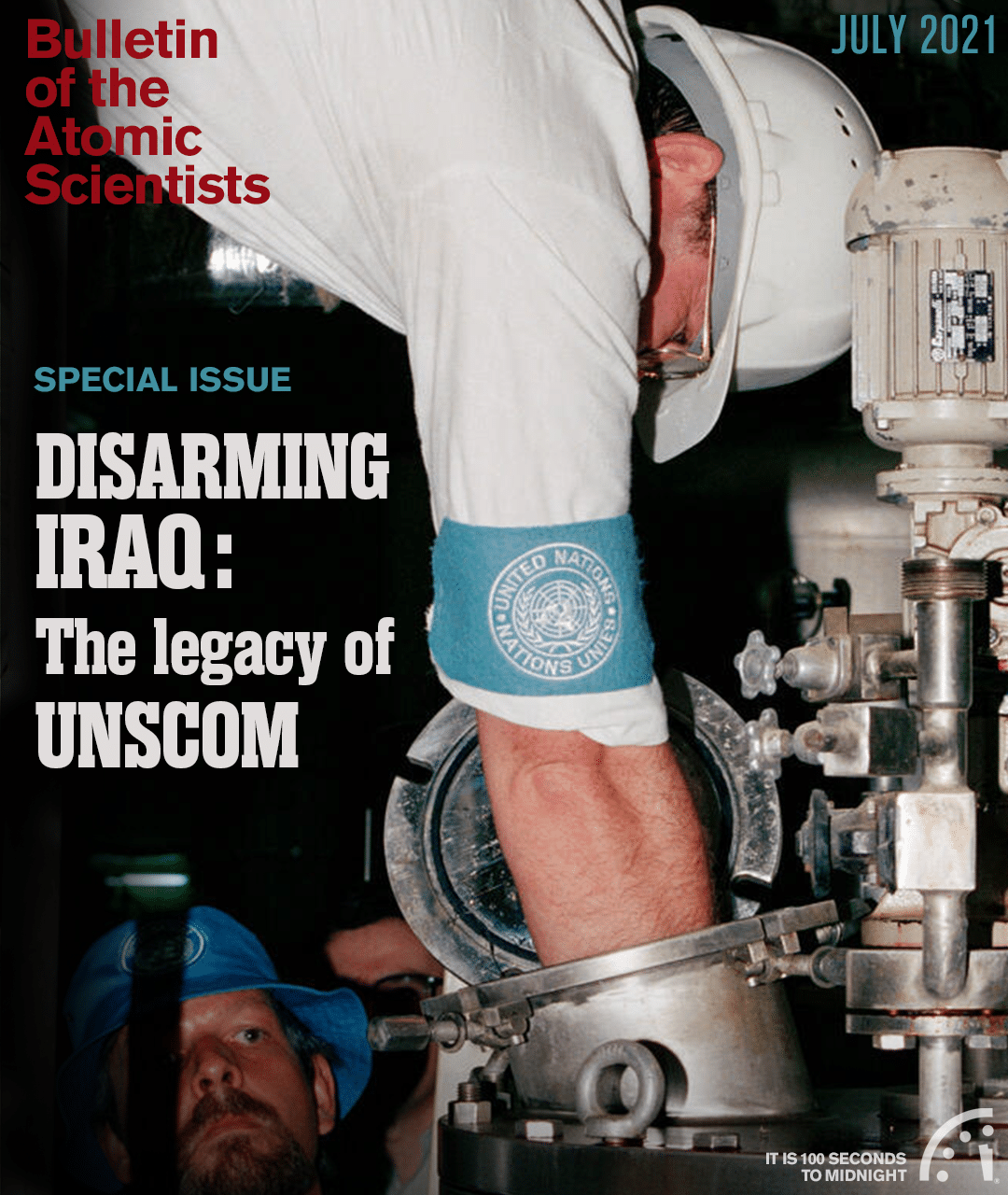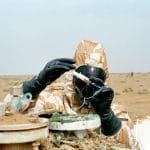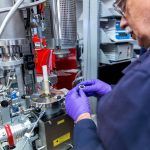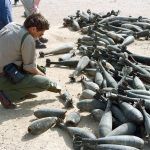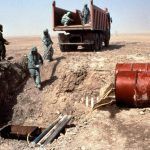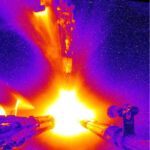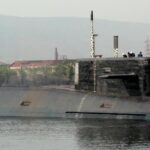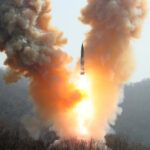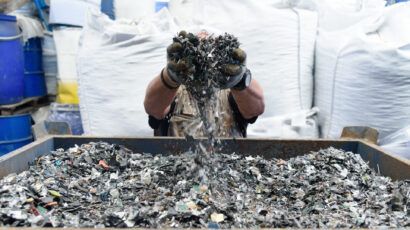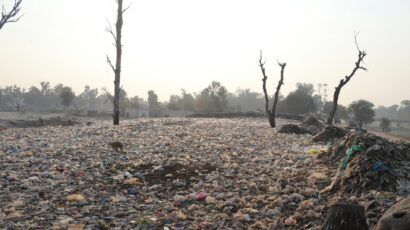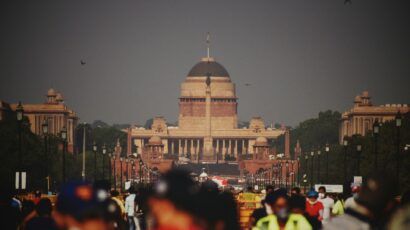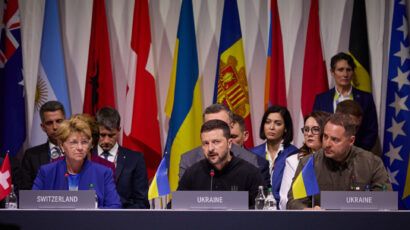Some long-term effects of UNSCOM: People are important, or, therein lies much of the problem
By Charles A. Duelfer | July 21, 2021
A view of a dual-use chlorine production plant under monitoring by UNSCOM. in 1995. File photo UN746119 courtesy of UNSCOM.
Some long-term effects of UNSCOM: People are important, or, therein lies much of the problem
By Charles A. Duelfer | July 21, 2021
Loading...
Together, we make the world safer.
The Bulletin elevates expert voices above the noise. But as an independent nonprofit organization, our operations depend on the support of readers like you. Help us continue to deliver quality journalism that holds leaders accountable. Your support of our work at any level is important. In return, we promise our coverage will be understandable, influential, vigilant, solution-oriented, and fair-minded. Together we can make a difference.
Keywords: Amir al-Saadi, Iraq, Saddam Hussein, UNMOVIC, UNSCOM, WMD
Topics: Chemical Weapons, Nuclear Weapons
Get alerts about this thread
0 Comments
Oldest

